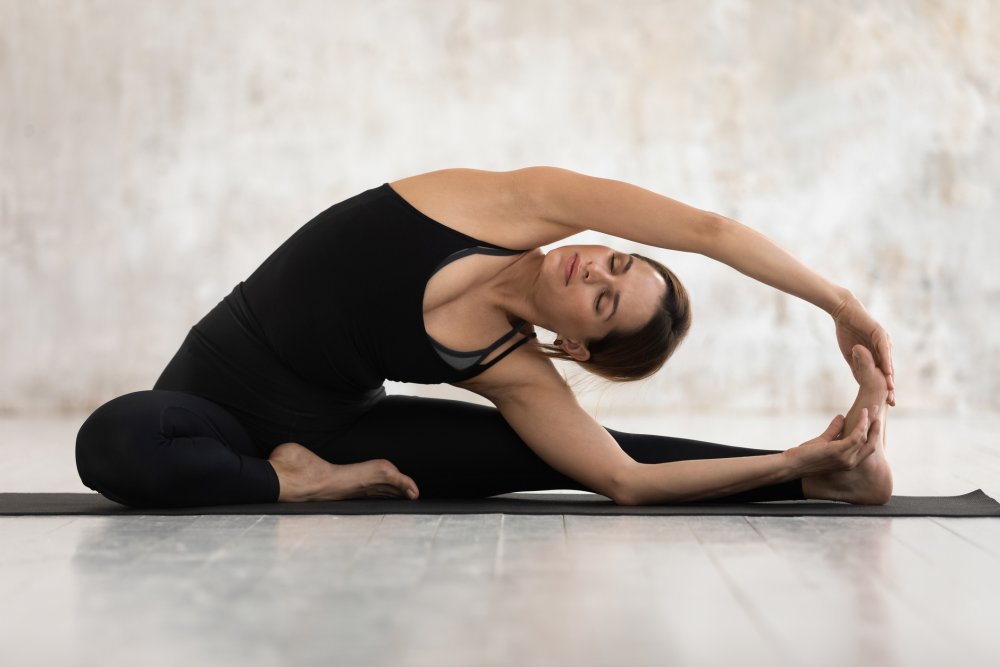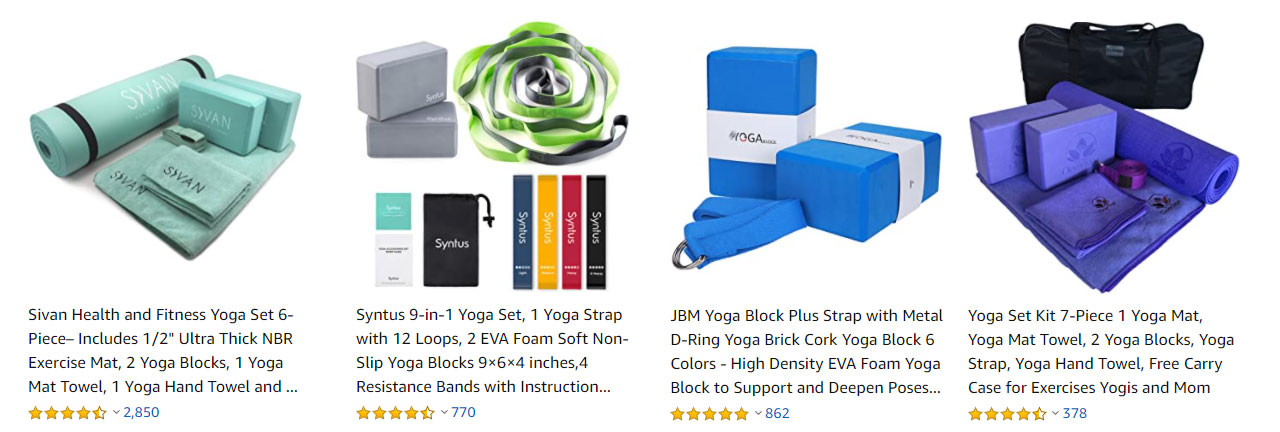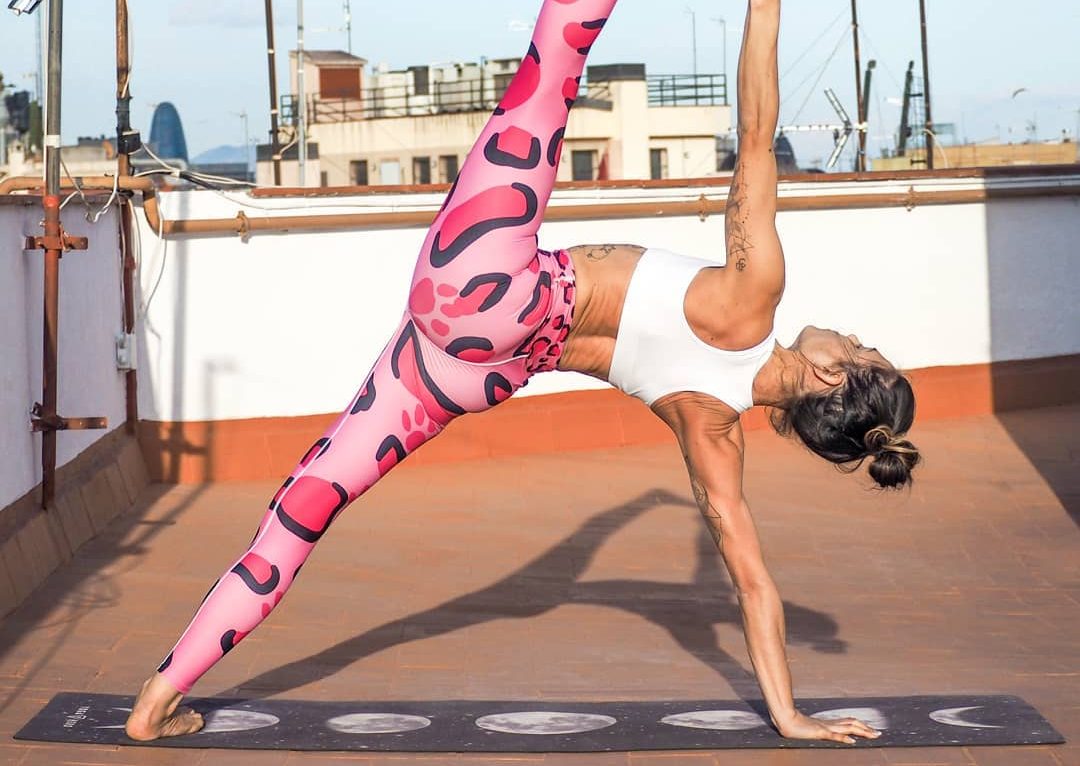Yoga to Increase Flexibility
Practicing yoga is often the guarantee of making three essential parts of a regular practice work: the mind, the body and the spirit. And among the most beneficial benefits of yoga: flexibility. Yes, the practice of yoga often allows you to work on the body's elasticity.
An elasticity that, between the spine and the leggings, develops both muscles and joints. But from this perspective, whether you are a beginner or more experienced, many questions may arise, especially when you know that a yogi practices an average of 1.6 sessions per week.
The practice of yoga is therefore omnipresent in the lives of those who practice it, and this is why understanding and assimilating the issues of flexibility can be a good idea. But then how can we be more flexible with yoga? Is it a goal in itself? What are the best postures to stretch the body?
All of these answers, and much more, this is where it all happens!
Is it necessary to be flexible to do yoga?
It is important to know how to distinguish yoga from Pilates or gym practice. Indeed, through asanas (postures), the yogic practice allows you to develop a certain letting go and a certain serenity. Yes, but some people may see this discipline as a sport.
From this point of view, one may wonder if it is necessary to be flexible in order to do yoga. Concretely, the answer is no, but beware, there are some important things to know.
First of all, it is important to know that flexibility is not a goal in itself, and does not make it possible to "better" enjoy the benefits of yoga. However, it seems obvious that it can be an additional ingredient to go further in certain movements, certain postures.
And since flexibility is not a gift, it should be said that not everyone has the same dispositions when it comes to doing the sitting pinch, for example! And the big advantage in all this is that no, you don't need to be flexible to do yoga, but flexibility can be worked on.
And yoga is a sport that allows this, by means of precise asanas and adapted breathing, to be achieved little by little. And indeed, knowing how to breathe well is essential to relieve certain movements, and to better understand the stakes of our body. Because in the end, flexibility in yoga is also and above all: knowing how to listen to yourself!

The top 10 postures to work your flexibility in yoga!
If being flexible is not a necessity but can help to better do certain yoga postures, it turns out that some of them can impose themselves as perfect exercises in this framework. Yes, improving is also knowing how to adapt a sequence, and the form of yoga you practice.
This is why it is important to know the postures for all practitioners who do not know how to work their flexibility in yoga. Here is a nice selection of postures, from alignment, stretching and dynamic yoga:
• The cobra: the position on the ground (on a yoga mat, of course!), where, lying on your stomach, you raise your bust with your forearms. What to improve the flexibility gently,
• The sitting pinch: the posture where, thanks to a few breathing subtleties, you can sit down and touch the tips of your toes with your hands. Beware, the main thing here is not to force yourself!
• The candle, which we all know, where, lying on the ground, we stretch our legs in the air while taking support with our arms,
• The butterfly, where it is a question of putting oneself almost in the lotus position, with the soles of the feet together, where one tries to lower the knees to the ground. Flexibility guaranteed!
• The head down dog: the position where you form an inverted V with your body, on a yoga mat. Ideal to relax at the same time,
• The dog head up, which takes the same base as the cobra, except that it also raises the pelvis. To stretch the limbs and to work the strength,
• The cow's head: in the lotus position, raise the hand opposite the highest knee, bend it to put it in the back. One also bends the other hand, which one comes to make join with the first one in the back. And one does not forget to breathe well,
• The pigeon, on all fours, we bring his left knee forward, we place his right leg backward, and we sit on it, always gently!
• The cat: on his knees, we bend a little forward, leaning on the arms. We inspire, we release a little the belly. We expire, we straighten the back,
• The tree: the posture where standing on one leg only works on both flexibility and balance. The ideal posture for a beginner yogi!
But if all these postures are ideal to be more supple and toned, they can also be poorly realized, to the point of hurting us or simply not be effective. Here are a few mistakes that should not be repeated during your relaxation yoga sessions!
Mistakes to avoid when working on flexibility in yoga!
Yes, when you take an interest in the subject, you quickly notice that there are certain faux pas not to commit, and mistakes to avoid in order to work on your flexibility in yoga. Mistakes that, if they occur too often or too strongly, can quickly affect your physical condition.
Among these yogic setbacks: believing that you have to be flexible! Indeed, we have already understood a little, but doing yoga does not necessarily imply having to twist in all directions. Whether it is a trial class or not, asanas allow you to work on flexibility and to get to know your body better.
No need for predispositions! No pressure to put on yourself, yoga is open to all levels, whatever its potential! Another mistake, in the same vein, is to force yourself to be flexible. Yes, when you do the sitting pinch, you are more likely to lean on your legs than to let them stretch as the sessions go by.
Wanting to do it right away is the enemy of yogic efficiency. Listen to yourself, take the time to feel your body and mind, and you'll be better off!
You may also be tempted to compare yourself to others, especially when you are in a group class. Such a person manages to touch his or her toes, such a person goes further than me in the exercise, so many little phrases that can quickly discourage you and link to the previous two mistakes.
The important thing in the practice of yoga is to trust yourself, to understand your feelings, and to not want to reach someone else's level of flexibility. Flexibility is not a gift, it just takes a little work and patience to achieve it!
Finally, it is essential not to evade breathing, a major tool to succeed in certain flexibility postures. Indeed, by not paying attention to what our exhalations and inspirations are telling us, it will be easier to hurt ourselves or to try a movement which, if the breath is controlled, could be done more simply.
Yes, between breathing exercises, body expression and introspection, flexibility in yoga, you can work on it!

Yoga: which stretching routine to adopt?
And if it's something you can work on, it's good to remember that regular practice is the key to efficiency. With a yoga stretching routine, for example?
Indeed, stretching better day after day allows you to be more comfortable during a yoga class, and quite simply: to be more flexible. From Hatha-yoga, to iyengar, to Kundalini, creating a fitness routine through yoga can only be a good idea. But how do you set it up? It goes through a few key steps:
• Dedicate a given amount of time to your stretching practice, for example, 20 minutes a day, blocked only for you and you alone,
• Give an intention to your yoga stretching session: set yourself capes, mantras, personal reflections. For example, to have a good day, to be able to breathe better, etc. This allows you to set a framework for your routine,
• Don't forget to breathe! Pranayama (breathing) is, once again, a great support to take pleasure in doing your daily routine,
• Don't force yourself, measure out the stretches, and know how to listen to yourself as your days go by and your fitness level improves,
• Diversify the postures according to the day, even if, very often, the yoga stretching postures are done on the floor, find out everything you can do. Because very often, you might be surprised!
So we understand that flexibility and yoga are good, and even very good together. By relying on crucial elements such as breathing or listening to oneself, it will then be possible to develop the elasticity of one's body while enjoying the inner benefits of yoga.
Now you are ready to lie down on a yoga mat and relax; it's up to you!


